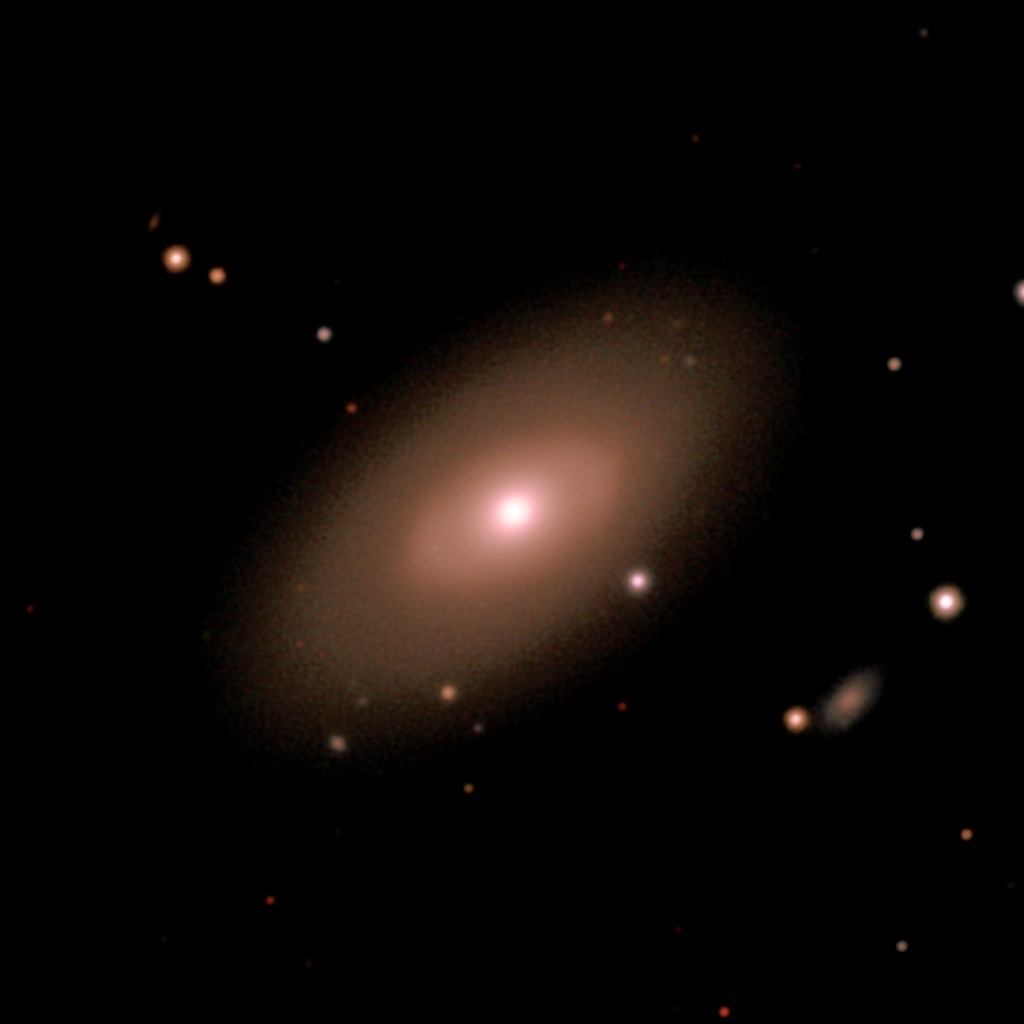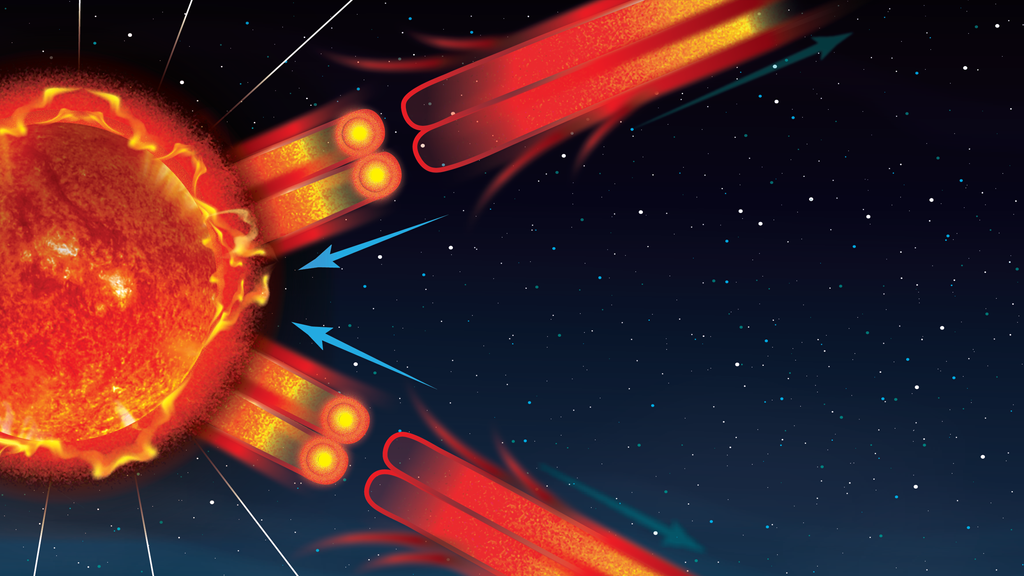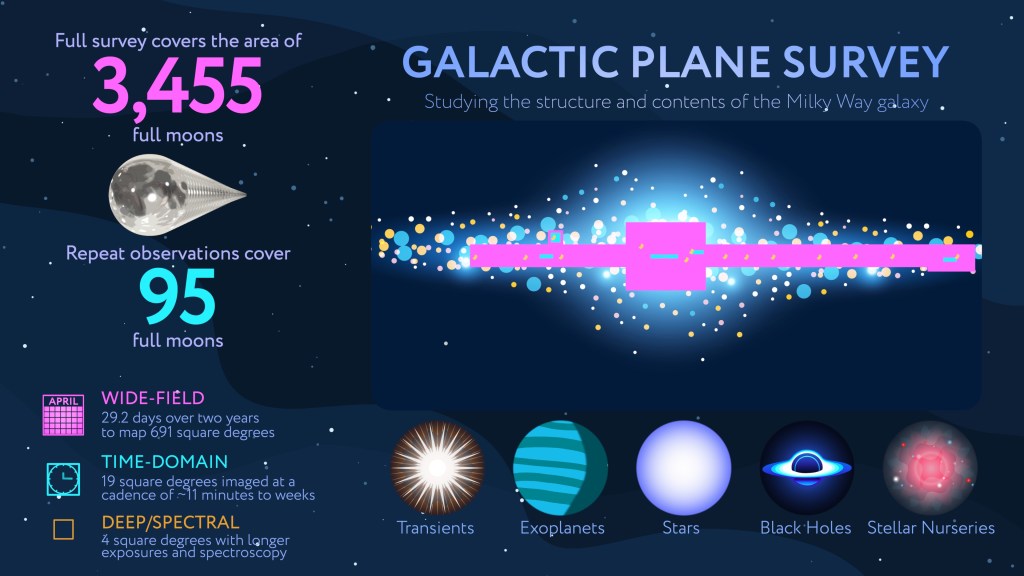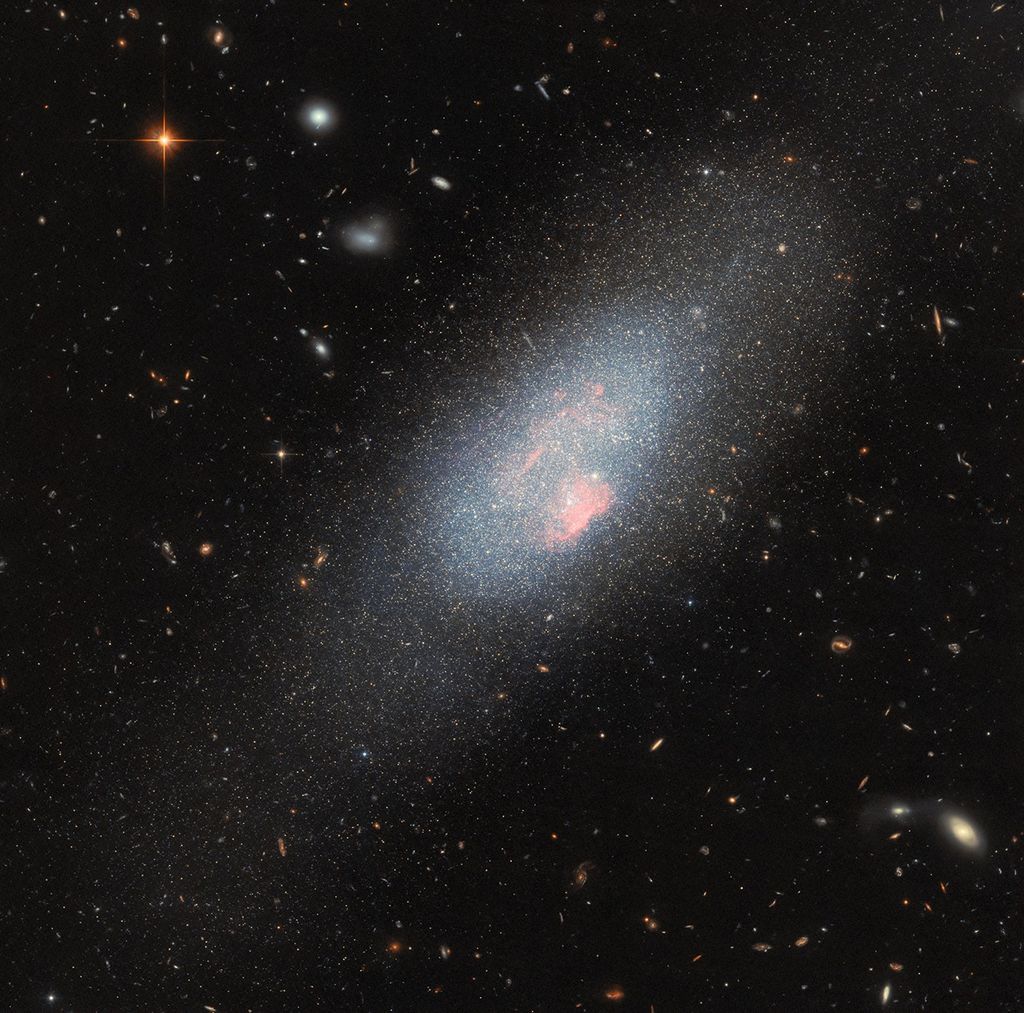1 min read
Edge-On View of Saturn’s Rings
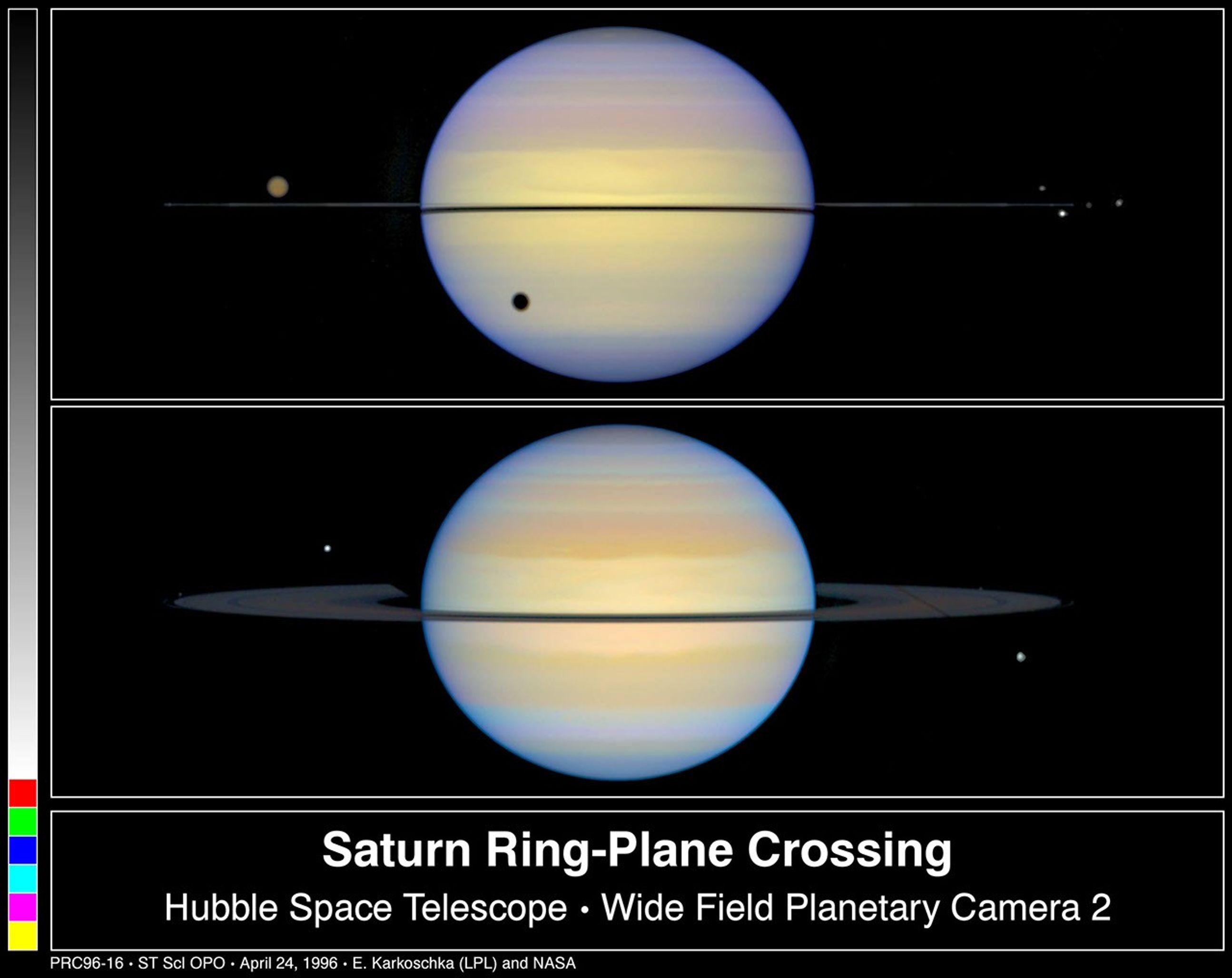
[top] - This is a NASA Hubble Space Telescope snapshot of Saturn with its rings barely visible. Normally, astronomers see Saturn with its rings tilted. Earth was almost in the plane of Saturn's rings, thus the rings appear edge-on.
In this view, Saturn's largest moon, Titan, is casting a shadow on Saturn. Titan's atmosphere is a dark brown haze. The other moons appear white because of their bright, icy surfaces. Four moons - from left to right, Mimas, Tethys, Janus, and Enceladus - are clustered around the edge of Saturn's rings on the right. Two other moons appear in front of the ring plane. Prometheus is on the right edge; Pandora, on the left. The rings also are casting a shadow on Saturn because the Sun was above the ring plane.
[bottom] - This photograph shows Saturn with its rings slightly tilted. The moon called Dione, on the lower right, is casting a long, thin shadow across the whole ring system due to the setting Sun on the ring plane. The moon on the upper left of Saturn is Tethys.
Astronomers also are studying the unusual appearance of Saturn's rings. The bottom image displays a faint, narrow ring, the F-ring just outside the main ring, which normally is invisible from Earth. Close to the edge of Saturn's disk, the front section of rings seem brighter and more yellow than the back due to the additional lumination by yellowish Saturn.
The color images were assembled from separate exposures taken August 6 (top) and November 17 (bottom), 1995 with the Wide Field Planetary Camera-2.
- Object NameObject NameA name or catalog number that astronomers use to identify an astronomical object.Saturn
- Release DateApril 24, 1996
- Science ReleaseEdge-On View of Saturn’s Rings
- CreditCredit: Erich Karkoschka (University of Arizona Lunar & Planetary Lab) and NASA
Share
Details
Last Updated
Aug 17, 2025
Contact
Media
Claire Andreoli
NASA’s Goddard Space Flight Center
Greenbelt, Maryland
claire.andreoli@nasa.gov


